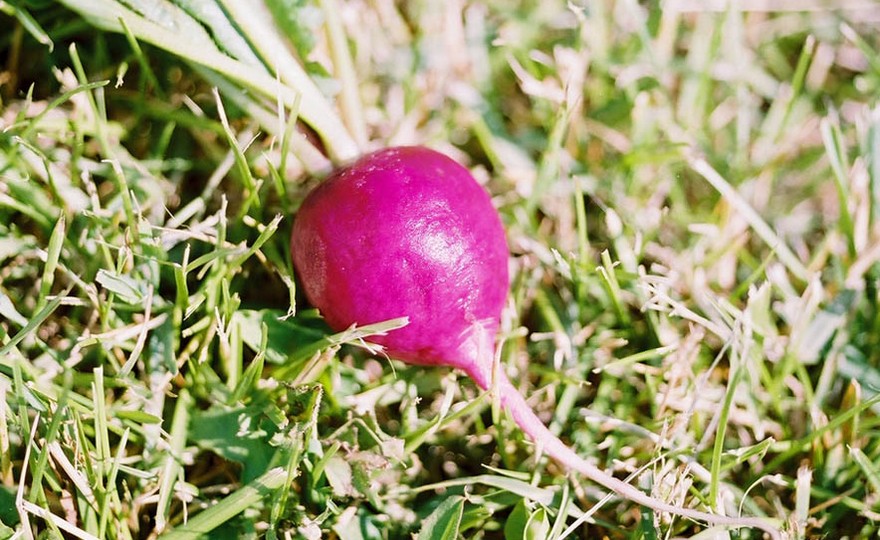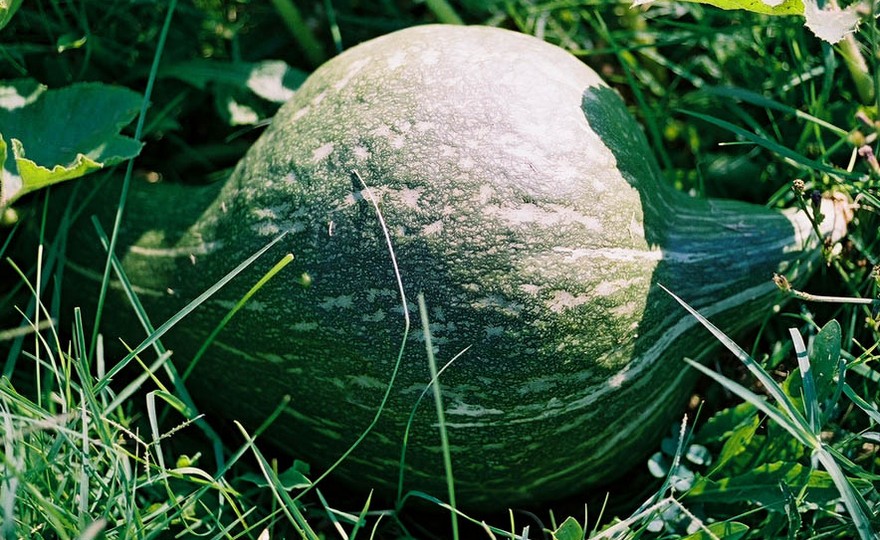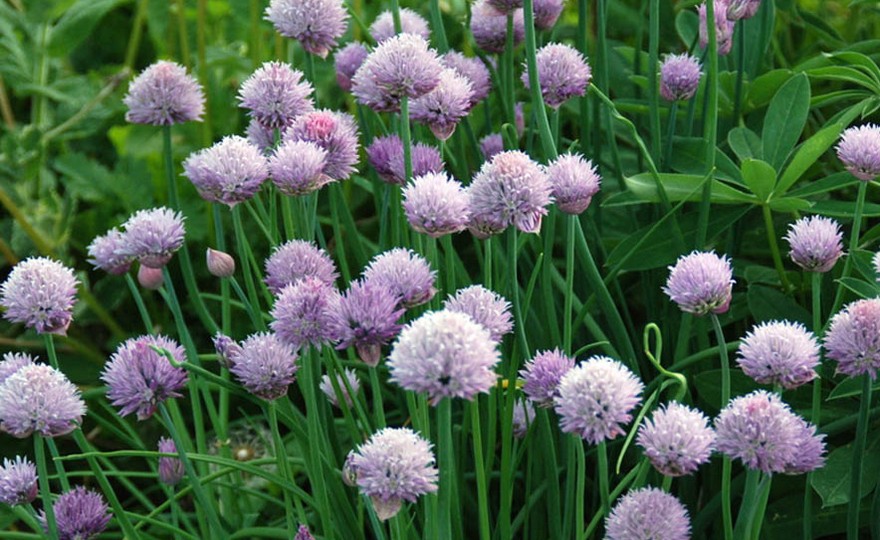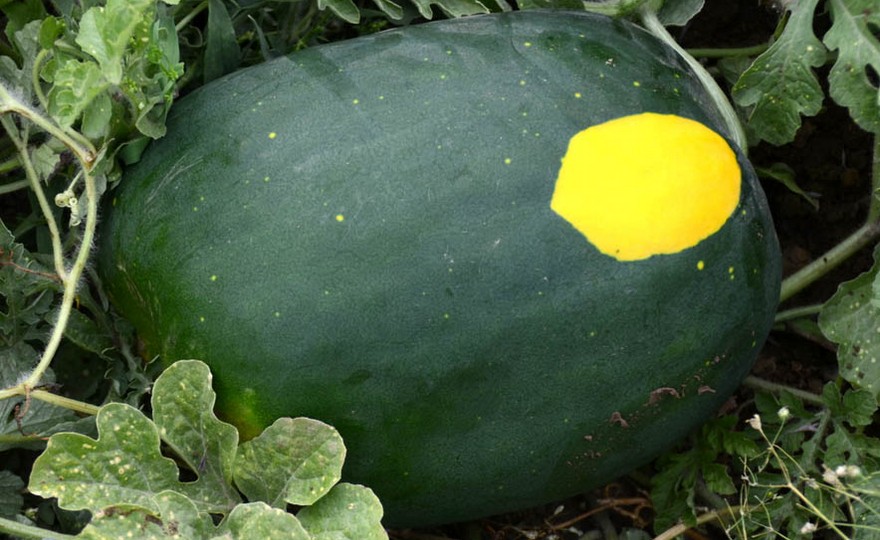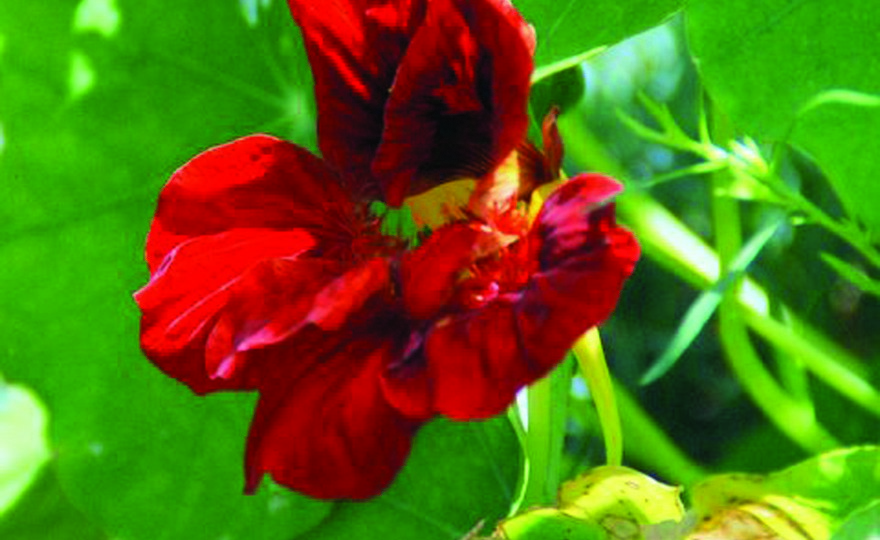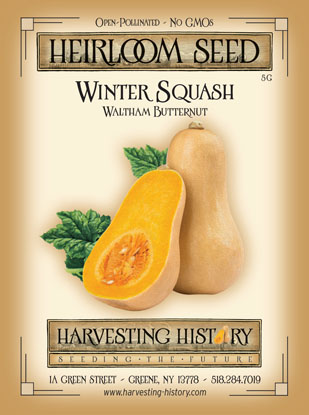
Winter Squash, Waltham Butternut
-
- **SOLD OUT** HOLIDAY GIFTS **SOLD OUT**
- **SOLD OUT** Holiday Books **SOLD OUT**
- **SOLD OUT** Holiday Citrus **SOLD OUT**
- **SOLD OUT** Holiday Gift Certificates **SOLD OUT**
- **SOLD OUT** Holiday Paperwhites **SOLD OUT**
- **SOLD OUT** Holiday Praying Mantis Kits **SOLD OUT**
- **SOLD OUT** Holiday Tools **SOLD OUT**
- **SOLD OUT** Holiday Wildflower Mixtures **SOLD OUT**
- Citrus Trees
- **SOLD OUT** - Vegetable and Herb Plants - Mix & Match any 6 Plants for $50 - Only Shipped in Quantities of 6
- Elephant Ear Plants & Roots
- **SOLD OUT** 4-Inch Pot Herb Plants **SOLD OUT**
- Rare Plants
- **SOLD OUT** Vining Plants **SOLD OUT**
- Asian Seeds
- Beneficial Bugs
- Books
- Citrus Fertilizers
- Cold-Treated Bulbs - SEE BULBS FOR FALL PLANTING TO ORDER
- Cold-Treated Allium
- Cold-Treated Chionodoxa
- Cold-Treated Crocus
- Cold-Treated Hyacinthoides
- Cold-Treated Hyacinthus Orientalis
- Cold-Treated Narcissus
- Cold-Treated Cyclamineus Narcissus
- Cold-Treated Double Heirloom Narcissus
- Cold-Treated Jonquilla Narcissus
- Cold-Treated Large Cupped Narcissus
- Cold-Treated Poeticus Narcissus
- Cold-Treated Small Cupped Narcissus
- Cold-Treated Species Miniature Narcissus
- Cold-Treated Split Cupped Narcissus
- Cold-Treated Tazetta Narcissus
- Cold-Treated Triandus Narcissus
- Cold-Treated Trumpet Daffodils
- Cold-Treated Ornithogalum
- Cold-Treated Rock Garden Iris
- Cold-Treated Scilla
- Cold-Treated Tulips
- Cold-Treated Emperor Tulips
- Cold-Treated Fringed Tulips
- Cold-Treated Green or Viridiflora Tulips
- Cold-Treated Lily Flowering Tulips
- Cold-Treated Parrot Tulips
- Cold-Treated Peony Flowering Tulips
- Cold-Treated Single Early Tulips
- Cold-Treated Single Late Tulips
- Cold-Treated Species Tulips
- Cold-Treated Triumph Tulips
- Flower Bulbs, Corms and Tubers
- Bulbs for Spring Planting
- Bulbs for Fall Planting - ALL BULBS AVAILABLE ARE COLD TREATED FOR PLANTING AS SOON AS SOIL CAN BE WORKED
- Fall Blooming Bulbs
- Garden Tools & Equipment
- Gift Certificates
- HHH Exclusive Wildflower Mixtures
- Wildflower Mixtures
- Heirloom Garlic
- Potatoes
- Roots & Sets
- Seeds
- Flowers
- Herbs
- Vegetables
- **SOLD OUT** HOLIDAY GIFTS **SOLD OUT**
-
- No products to compare
-
75 in stock
Quick Overview
WINTER SQUASH, Waltham Butternut –
Cucurbito moschata
FULL SUN Though the fruit looks like it should be an ancient squash, the butternuts are quite new – the first being introduced in 1944. Waltham Butternut, bred by Robert Young of the Waltham Agricultural Experiment Station was introduced in 1968. It is the most popular butternut grown today. The tan skin covers orange, mildly flavored flesh. Fruits average 4-6 lb. Plant in late spring after danger of frost has passed and the soil has warmed to a depth of 6 in. Plant in hills, 4 ft. apart. When seedlings are 3 in. high, thin, leaving 4 plants per hill. Well rotted manure or compost dug into the soil where the seeds are to be planted is highly beneficial. Harvest fruits only after they are fully matured and just before the first frost. Remove from vine leaving part of the stem attached to the fruit. Store in a moderately warm, dry area.
| Type | Spacing | Planting Depth | Days to Germination | Maturity |
| Winter | 8 in. | 1 in. | 7-10 | 95 |

Winter Squash, Waltham Butternut
Squash, beans and corn, known as the “Three Sisters” comprised the trinity that was the staple diet of ancient America. Unbelievably, remains of wild or, possibly, cultivated squash have been found in Mexico that date to 9000 BC. Similar archaeological evidence has been unearthed in South America, Central America and northern, North America. The wild varieties of squash were quite small and unpleasantly bitter tasting. Ancient peoples were not attracted to these vegetables for food. Instead, it is hypothesized, that ancient peoples collected the squash and dried them to make rattles and instruments for ceremonies and containers for storage and eating. Eventually, the ancient peoples came to appreciate and value the squash seeds which were rich in nutritious oils. After, perhaps centuries, ancient farmers began to select for and cultivate varieties of squash that produced pleasant tasting flesh.
The squash family can generally be divided into two classes – winter squash and summer squash – and fundamentally four species: c. maxima, c. argyrosperma, c. moschata and c. pepo. Of the four species, three represent both summer and winter squash. The maximas are exclusively winter squash.
C. moschata are native to the tropical areas of Central and South America. They grow best in high humidity and warm nighttime temperatures. The plants have very large leaves, long vines, and five sided stems. Butternut squash is a member of this group.


